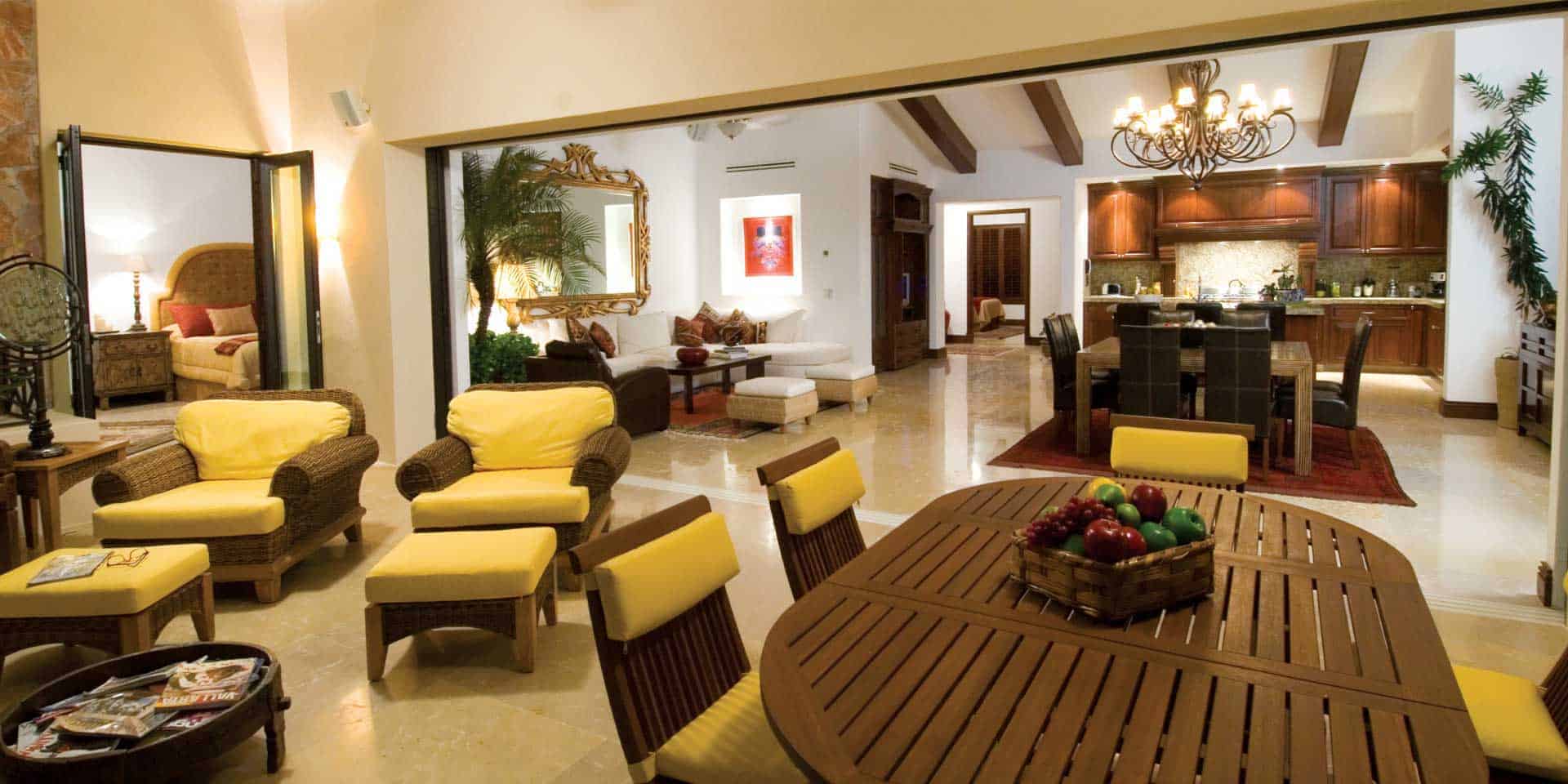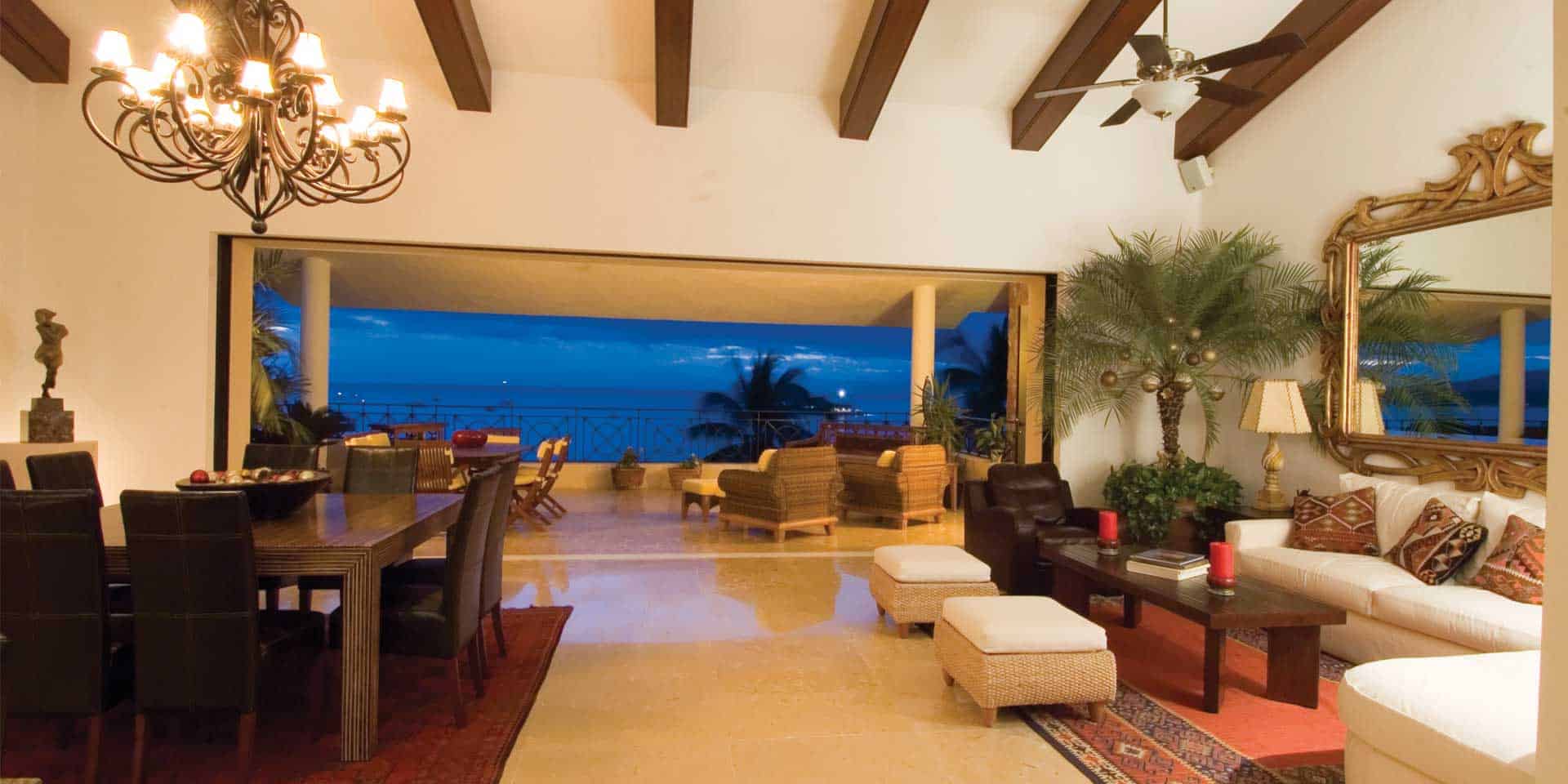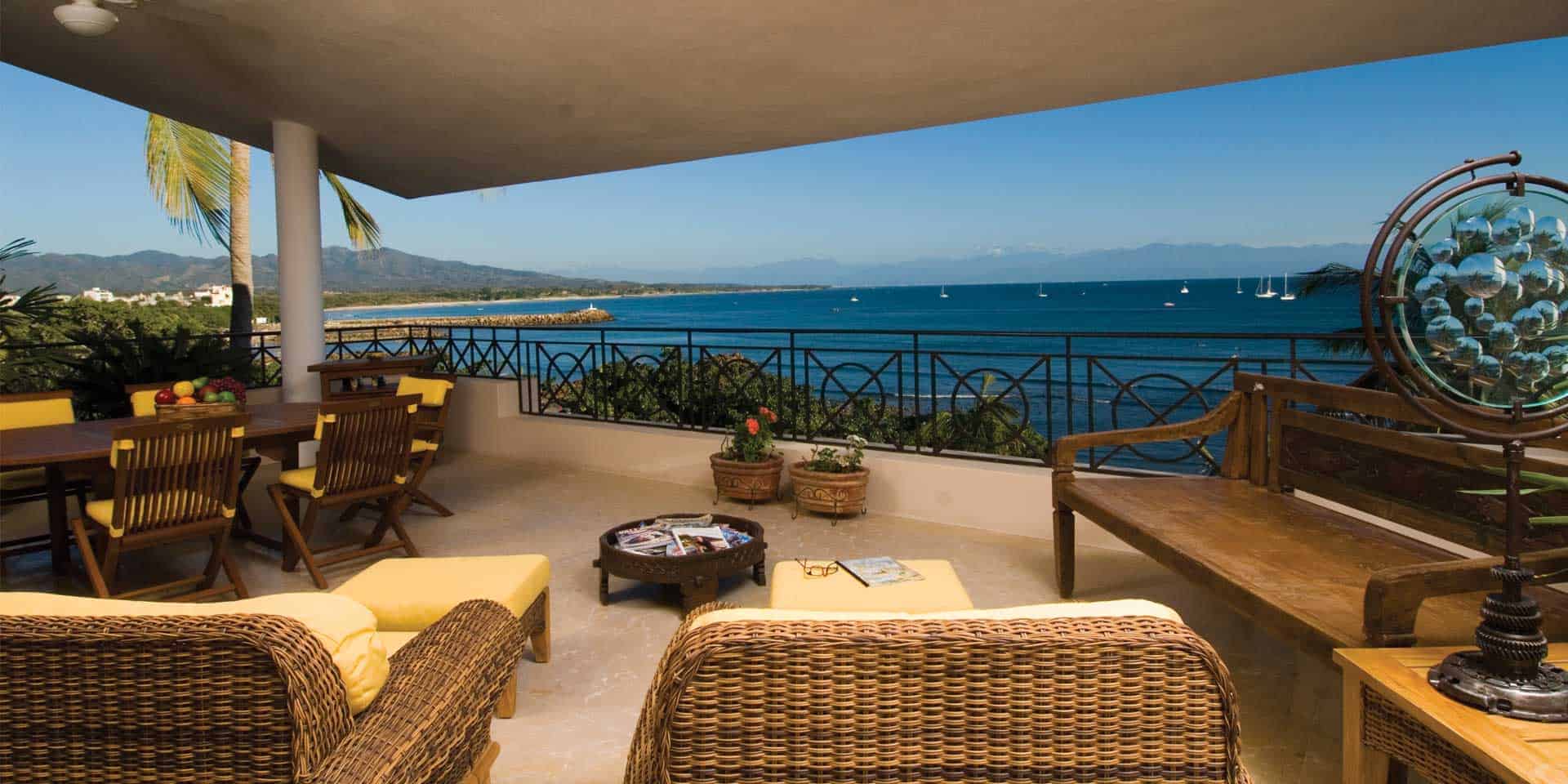Most real estate searching undertaken by people interested in having a primary or second home in Puerto Vallarta (or Nayarit), tends to center around the size of the home, number of bedrooms, the neighborhood, and of course, the price. When something is finally found that fulfills the criteria, few, unfortunately, bother to include an investigation regarding how the homeowner’s association (HOA) functions. But they should.
They don’t because many people are not familiar with what a HOA is and what its responsibilities may entail. The single-family dwelling is still the most common form of homeownership in the U.S. and Canada, where HOAs are not, in most cases, necessary. But in Vallarta the condo is king and the preferred form of secondary home or vacation ownership.
Why? They are easy to take care of, to lock-up and leave during the summers, maintenance fees are less, matter fact the overall cost is usually much less. But the other side of condo living is you are now sharing your home, or at least your common areas and perhaps a wall, floor and/or ceiling, with others. There needs to be a system in place to ensure common areas are well maintained and paid for, that everyone respects the rules in place and the privacy of the other owners. The mechanism for this is the homeowner’s association.
Before anyone makes an offer on a property it very much would be worth their while to investigate the HOA, to ensure the condominium project is being run efficiently, properly, and in compliance with state condo laws. If there are problems, it’s better to find out beforehand rather than later on. Unfortunately, the information isn’t always easy to come by. The listing real estate agent can assist with this by organizing a meeting with the property manager or administrator, and perhaps one of the board members may be available to talk to you.
Perhaps I should have prefaced this by saying there are always going to be some problems going on within the HOA – it is the nature of the beast. So don’t go looking for a perfect scenario. What you mostly want to do is confirm ahead of time what you are getting involved with and then decide if you’re okay with it.
Here’s some sample questions you could consider asking:
- Is there a good administrative system in place? Is there a manager or administration company you can talk to about the building?
- You should ask to see a copy of the property by-laws (regimen de condominios) to better understand what the rules are for owners.
- Is there a board and do they meet regularly, taking minutes of the meetings?
- How are common expenses billed and charged?
- Is the electricity billed separately for each unit?
- How are fees billed (annually, quarterly, monthly), and is everyone paying their fees regularly?
- Are there any problems/disagreements or even legal issues internally or with the past developer?
You can get a pretty good idea of how well the HOA is being managed by just walking around the property and checking how well everything is being maintained. Poor maintenance and condition of the building probably means poor management and a weak board and HOA.
Garry Musgrave has written a couple of books about condominium HOAs in Jalisco and about condominium law, and he writes, “Much of the problem comes from unsubstantiated opinions or maintaining of the status quo. Often, people having experience with a condo in Canada or the U.S. will try to apply this to a Mexican condo — unfortunately, they don’t operate the same way! Some early condos made mistakes when they were set-up, and these have been continued by new condos copying them! Eventually, poor (and often, illegal) practices became the standards on which new condominium administrations are based. The real problem is that detailed and accurate information has not been available to you.”
Garry has written book about condominium HOAs you can purchase on Amazon.com. It makes a very good guide for anyone involved with HOAs, and set you in the right direction for properly setting up your condo regimen.
And what if you have already bought and now discover there are problems with your HOA? Well, remember, as I wrote above, there will always be some problems, what’s important is the severity of the problems. First, you should educate yourself about what best policies are for the operation of a HOA. Ask questions, both to the administrator and board, but perhaps other people at other developments who have ample experience in the operation of HOAs.
Secondly, consider getting involved yourself by serving on the board. The worst guy at the annual general assembly is usually the one who loves to complain but then never bothers to help out by serving on the board. It’s my opinion that if you haven’t served, you really don’t deserve to complain much. If you want something to be done, then perhaps you have to do it yourself by getting involved.
Other points to keep in mind:
- If you have a weak administrator, you need to have a strong board. But that will mean board members putting in a lot more time than they may want to, or should. It can also lead to board members having too much control. Prime candidates for this are successful retired corporate types who are used to running their own company, but don’t have the company anymore. So they take over the HOA!
- If you have a strong administrator you’ll have to pay more, but it will make the job of the board much easier. In my opinion this is how it should be done, with the board just providing direction and oversight. Unfortunately, for small projects, this often is challenging.
- Checks and balances. You have to have systems in place to ensure that the administrator, management and board are doing their jobs properly. The administrator and accountant shouldn’t work for the same firm – as they need to audit one another.
- Do all you can to avoid lawsuits. Usually the only one’s to win are the lawyers. People can get very hot-headed, for some reason, when it comes to HOAs. It’s a little like road-rage, but now inside the condominium structure. Owners have to understand that they have no choice, they are neighbors and are stuck living near and with one another. So the nicer you can be to each other, the higher the degree of success and compliance you’ll have regarding HOA matters.
- A poorly run HOA can take away from the pleasure of owning, put some owners against others. Your best best is to get a great administrator who can keep people in line and ensure that day-to-day operations are done correctly.


